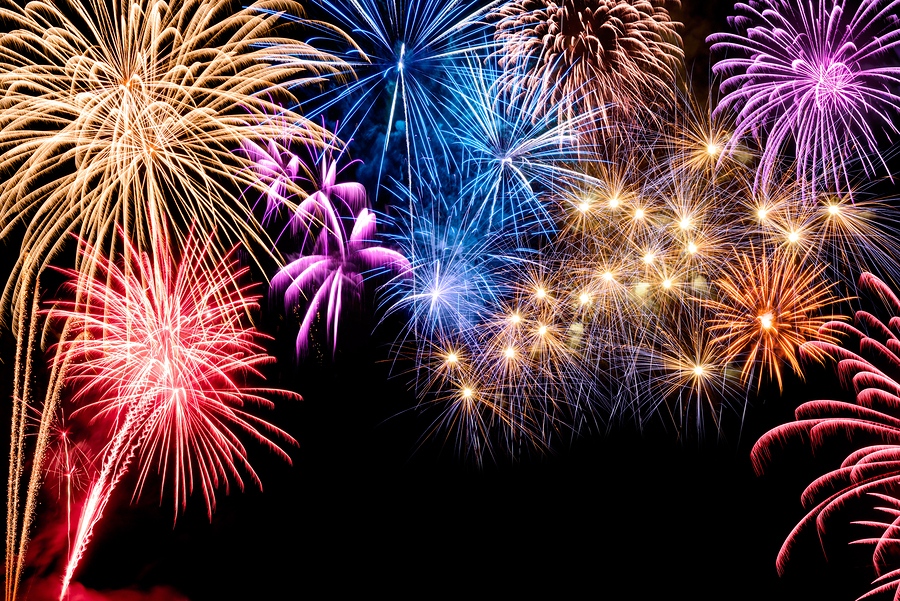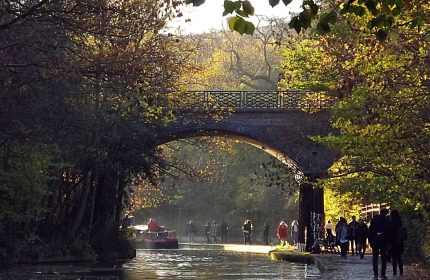Celebrate Bonfire Night
“Remember, remember the fifth of November…”
Of course, you’re probably familiar with that famous rhyme, which is so frequently recited in the lead up to Guy Fawkes Night. But do you remember the full story behind the occasion? Do you know the history behind the bonfires, fireworks and effigies?
To refresh your memory, here’s a brief breakdown of this very British tradition—why it’s celebrated, how it’s celebrated and how you can get involved.
A brief history
As the rhyme implies, Guy Fawkes Night dates back to a very particular fifth of November in Britain’s history. It was 1605, and King James I, a protestant, was on the throne. In late October, authorities received an anonymous letter tipping them off to a planned assassination of King James by a group of Catholics.
The Gunpowder Treason Plot, as it was known, involved blowing up the Parliament building with a whopping 36 barrels of gunpowder.
On the eve of the scheduled explosion, authorities discovered one of the plotters, Guy Fawkes, guarding the explosives near the House of Lords and arrested him. Ever since, and in various forms, Britons have commemorated the thwarting of the Gunpowder Treason Plot each year on the fifth of November.
Keeping up with tradition
Although Guy Fawkes Night was once closely associated with the historic events of 1605, and the anti-Catholic sentiment of that era, modern celebrations have become increasingly distanced from those origins.
Today’s celebrations are viewed more as a fun, autumnal tradition—like Halloween—and an excuse to enjoy impressive fireworks displays, hosted by local councils and community organisations across the country.
- Fireworks — The main attraction of any Guy Fawkes Night celebration, fireworks shows are held to symbolise the explosions that would have been if Guy Fawkes was successful in his plot to blow up Parliament.
- Effigies — In its early history, Guy Fawkes Night (or Gunpowder Treason Night, as it was first known) was an opportunity for spirited revellers to burn effigies of the Pope or other despised public figures of the time. Later, the effigies were mainly of Guy Fawkes himself, giving rise to the newer name ‘Guy Fawkes Night’. These days, it’s more common for groups to burn effigies of famous – or infamous – celebrities and public figures.
- Bonfires — Also symbolic of the explosions that would have been, bonfires have played such a major role in Guy Fawkes Night, that the occasion is now more commonly known as ‘Bonfire Night’. In addition to the symbolism, bonfires are also a nice way for the local community to gather and keep warm whilst enjoying the fireworks.
How to get involved
Every year Britain plays host to hundreds of Bonfire Night celebrations, with fireworks, music and activities for the whole family. You can contact your local council to find out what’s happening in your area this evening, or attend a larger event near one of the bigger cities:
- Lewes, Sussex – Free procession – the largest of its kind in the UK! – and burning of effigies on Saturday 4 November.
- Alexandra Palace, London – Ticketed fireworks display on Friday 3rd and Saturday 4th November.
- Glasgow Green – Free fireworks display and family events. Fun begins at 5pm on Sunday 5th November and fireworks are from 7:30pm.
- Don Valley Grass Bowl, Sheffield – Ticketed fireworks display on Friday 3rd November for After Dark Fireworks Sheffield. Park opens at 5:30pm and firework display begins at 9:00pm.
- Ottery St Mary, Devon – The famous Tar Barrels takes place on Saturday 4th November at 7pm.
Do you celebrate Bonfire Night? What are your favourite traditions?
Rachel - Silversurfers Assistant Editor
Latest posts by Rachel - Silversurfers Assistant Editor (see all)
- Warming Soups - November 15, 2024
- What’s your favourite scary film? - October 26, 2024
- Easy Traybakes for National Baking Week - October 14, 2024
- Practical tips for living with arthritis - October 11, 2024
- 10th October is World Mental Health Awareness Day - October 8, 2024





















